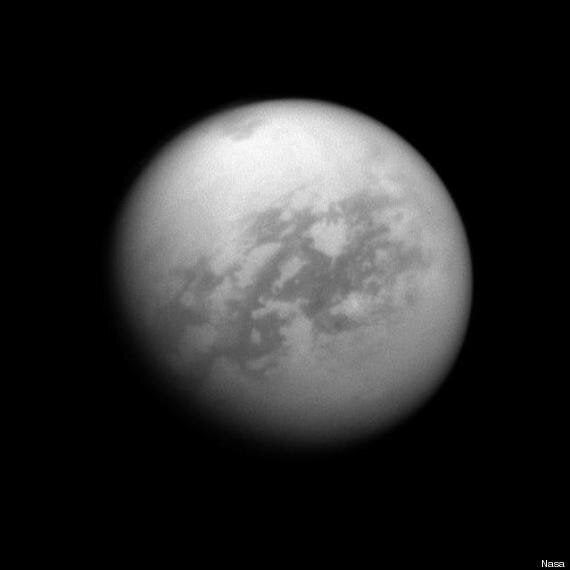Lakes of shimmering methane may be hiding amid an enormous desert of shifting sand dunes in the tropics of Titan, Saturn's largest moon.
Titan has a diameter 50% bigger than our own moon, and is made mainly of ice and rock. It also has a thick atmosphere - and combined with its low gravity, scientists have theorised it might be possible for humans to 'fly' over its surface by literally attaching wings to our arms and flapping.
Titan is also the only object in the solar system (other than Earth) in which evidence of stable bodies of liquid has been found - though at -180C it is far too cold for liquid water.
Until now it had been thought the liquid lakes - or seas - were concentrated mainly in the polar regions of the planet-like satellite.
While the thick atmosphere has made studying its surface difficult, it had been thought that due to the lack of any precipitation in the equatorial region of Titan, no lakes were possible.
But according to new analysis by researchers, as explained by Ars Technica, the discovery of a 40km by 60km oval in the desert region, which is at least 2m deep, it now seems that lakes of methane fed by underground reserves may be more widespread than previously thought.
Researchers say the discovery may explain why Titan renews its atmosphere even though the sun depletes it by turning it into other hydrocarbons.
Either way it's going to be one hell of a sight for us to fly over with our wings.
Below: the surface of Titan.
